
The biggest risk is overloading. A study in Spine Journal found that the weight of backpacks significantly affected the rate of low back pain in children. According to the study, carrying an overloaded backpack frequently caused compression of spinal discs in the lower spine. They concluded that a large portion of low back pain suffers presented changes in the lumbar spine with MRI scans. The distortion of the natural spinal curvatures in the middle and lower backs, as well as the ribcage leads to pain. Over time this causes forward rounding of the shoulders and an anterior (forward) head posture. This pulls the neck muscles and contributes to headaches, shoulder pain, low back pain and arm pain. Although not fully researched yet, the regularly recommended weight should be around 10-15% of the child’s body weight. So your 100-pound child’s backpack should be between 10-15 pounds.
Habitually carrying backpacks over one shoulder cause muscles to strain and compensate for the uneven weight (also talking to you Mom’s with an overfilled tote). The spine will lean to the opposite side and stresses the middle back, low back and ribcage asymmetrically. This type of muscle imbalance will cause muscle strain, muscle spasms and back pain in the short term. Long term effects will cause posture issues and a speedy development of back problems later in life if not corrected.
In 2013, the U.S. Consumer Product Safety Commission cited 5,415 backpack-related injuries treated in the emergency room. Spine Journal reported over 60% of adolescents between 6 and 19 years old have reported their backpack has caused back pain. There is little chance there will be permanent damage caused from carrying a heavy backpack, but can set your child off on a dysfunctional postural course leading to spinal issues later in life. Set your child up for success this school year with a light and even distributed backpack. The American Chiropractic Association lists a few things to consider:
- Is the backpack the correct size for your child?
- Does the backpack have padded shoulder straps for comfort?
- Are the shoulder straps adjustable?
- Does your child use both straps?
- Does the backpack have a padded back?
- Does the backpack have compartments to keep items in place?
References:
- Neuschwander T, Cutrone J, Macias B, et el. The effect of backpacks on the lumbar spine in children a standing magnetic resonance image study. Spine 35(1):83-8. 2009.
- Aprile I, Di Stasion E, Vincenzi M, et el. The relationship between back pain and schoolbag use: a cross-sectional study of 5,318 Italian students. Spine 16(6):748-55. 2016.

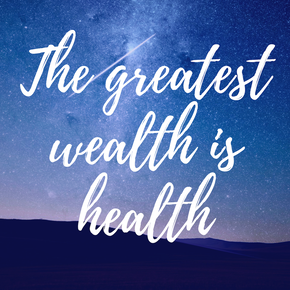
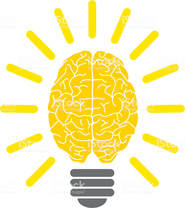
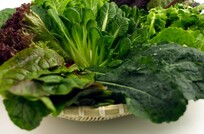

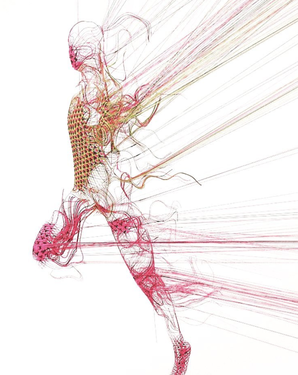

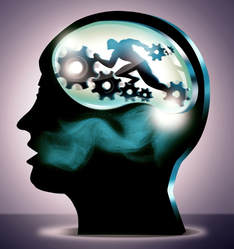
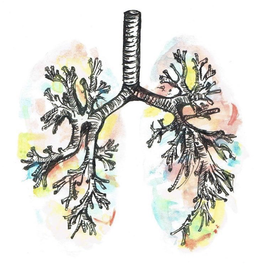
 RSS Feed
RSS Feed
